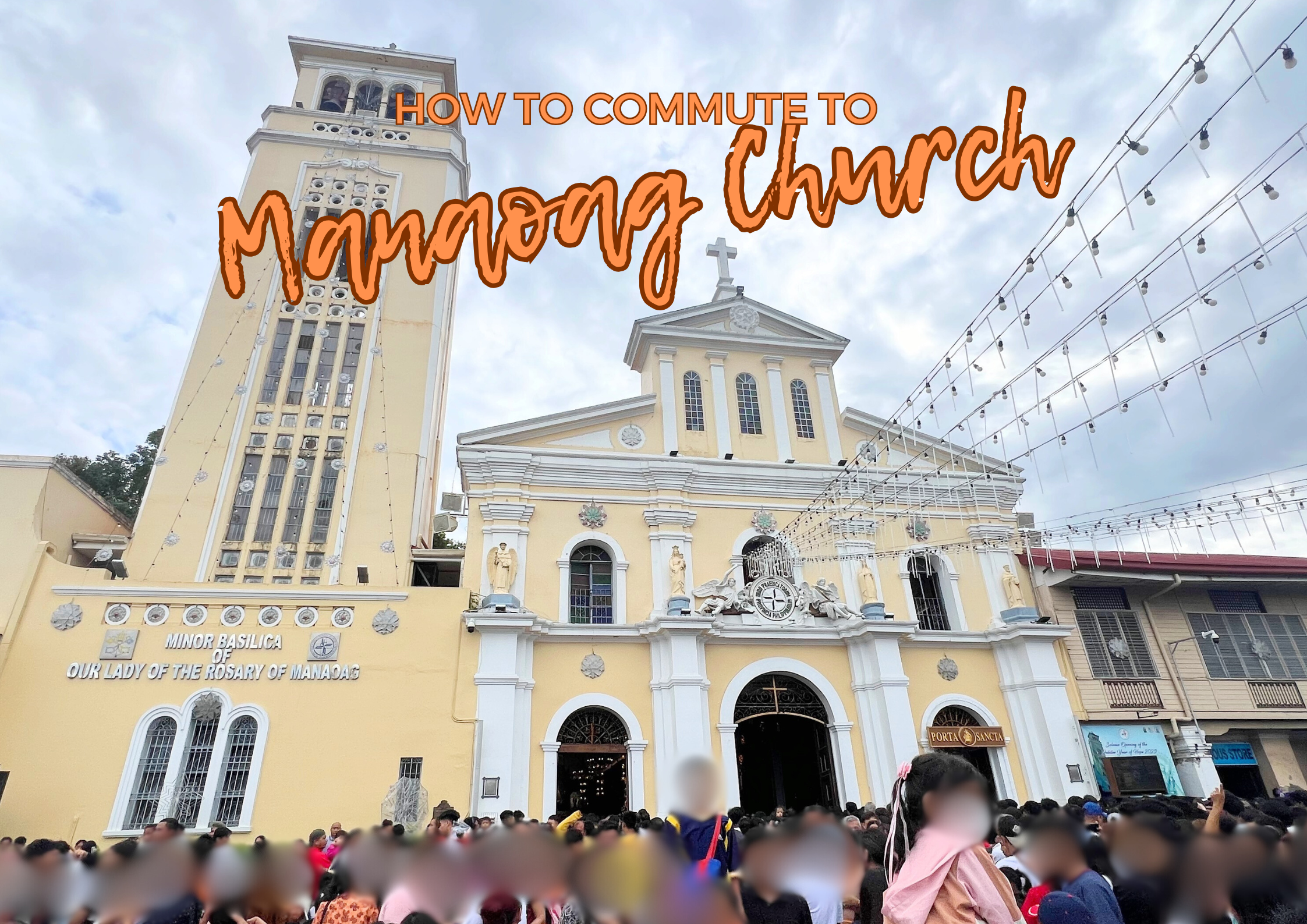Have you experienced going into a place wherein no one can easily understand what you are saying and you’re already desperate to find someone who can assist you? Language barrier is one of the problems encountered by travelers when they are in a new land. Aside from the list of destinations and polishing your itinerary, researching for some phrases on the local language is also helpful before a travel.
Philippines has a bunch of languages: Tagalog, Ilokano, Pangasinense, Kapampangan, Bikolano, Waray, Hiligaynon (Ilonggo), Cebuano and Chavacano among others. Although most Filipinos know the national language (Tagalog), some are not really fluent in speaking it and having a hard time understanding the language. Since “Buwan ng Wika” is being celebrated during the month of August, I invited some Pinoy Travel Bloggers to teach us some useful phrases in their language that can be used to talk with the locals on the certain parts of the country.
Let us start from the south.
CHAVACANO. The resident Chavacano blogger behind the blog Escape Islands will be our resource blogger for the first featured language. Although he knows other languages, Chavacano is the prima lingua of Dong Ho who grew up on the island of Basilan where the common language is Chavacano as influenced by the nearby city of Zamboanga. “Learning it might not be as useful as other languages anymore as fewer provinces use it; it is still fun to learn some few phrases that would help you when talking to the locals.”
Kosa dituyu nombre? | What is your name?
Quanto este? (used when you are holding the item) | How much is this?
Quanto ese? (used when you are pointing at the item) | How much is that?
Bien karo man este? | This is too expensive.
Pwede tu ayuda kumigo? | Can you help?
Pwede yo prigunta? | Can I ask?
Onde yo pwede kompra (insert item)? | Where can i buy (insert item)?
Para onde el (insert place)? | Where is the (insert place)?
Que ora el byahe del (insert ferry, plane, bus, jeep)? | What time is the trip of the (insert ferry, plane, bus, jeep)?
Some useful words:
Si | Yes
Hinde | No
Kosa | What
Onde | Where
Quando | When
Kien | Who
Porke | Why
Pakimodo | How
Ariba | Up
Abaho | Down
CEBUANO. Estan Cabigas of Langyaw Travel, on the other hand, is a certified Cebuano. He is a Cebuano by birth and grew up in the province. The language has the largest speaking population in the country covering mostly people in the Central Visayan region and most part of Mindanao.
Maayong adlaw/buntag/udto/hapon/gabie | Good day/morning/noon/afternoon/evening
Nang/nong/day/dong | Madam/sir/girl/boy
Tag pila ni? | How much is this?
Unsa orasa moabot ang _____ | What time does the _____ arrive?
Pwede magpatabang ko ani? | Can u please help me with this?
Salamat kaayo | Thanks so much
Unsay sakyan nako padung sa | What should I ride going to
Mohangyo unta ko | Can I request please?
Unsa orasa mo larga ang _____ | That time does the _____ leave
Asa ko maka palit ug | Where can I buy a
WARAY. The blood running through the veins of Kirk Acebron of Kirk Anatomy are from the folk of Waraynon in Visayas. The Waray-Waray language, spoken by the Waray people of Samar Island, in the north east of Leyte (surrounding Tacloban) and in some parts of Biliran Island shows dialectal variations. Most people from Northern Samar speak Waray dialect called Norte Samarnon. So here are some Waray phrases that could impress Waraynons when you visit the said provinces. Check out more helpful phrases with Kirk’s post here.
Nanu an im ngaran? | What’s your name?
My name is Kirk. | An ak ngaran si Kirk.
Good morning/evening. | Maupay na aga/gab-i.
Taga diin ka? | Where are you from?
Tikain ka? | Where are you going?
Paunanhu kumadi? | How to get there?
Diin an harani na hotel? | Where’s the nearest hotel?
Nano ang pinakabaratong hotel din-he? | What’s the cheapest hotel in town?
Gaanu pa an kaharay-un? | How far?
Tagpira it pasahe? | How much is the fare?
Poydi tawad? | Can I have a discount?
Tagpira ini? | How much?
HILIGAYNON (ILONGGO). If Eastern Visayas is Waray and Central Visayas is Cebuano, Western Visayas is dominated by Hiligaynon or commonly known as Ilonggo. Shugah of Wander Shugah came from a Visayan speaking family and learned to speak Ilonggo since she was a kid and can speak the language fluently at the age of 7. They live in a community where the population is 90% Ilonggo and lived her whole life hearing and speaking Ilonggo.
Akon ngalan Shugah | My name is Shugah
Mayng Aga | Good morning
Mayng gab-i | Good evening
Diin | Where
Ano | What
Ngaa | Why
San-o | When
Sin-o | Who
Oo | Yes
Indi | No
Palihug | Please
Diin man ang simbahan? | Where is the church?
Ara di barato na hotel? | Is there a cheap hotel here?
Tag pila ya?/Tag pila gali? | How much?
Diin ta makabakal sang pagkaon? | Where can we buy foods?
Lapit lang? | Is it far?
Din nako man? Na dola nako. | Where am I? I’m lost.
Kanamit sini | This is delicious
Namit namit gid | Very delicious
Diin ni gin ubra? | Where is this made?
Halong | Take care
Madamo gid na salamat | Thank you very much
Aside from Tagalog, other languages in Luzon are Bikolano, Kapampangan, Pangasinense, and Ilokano.
BIKOLANO. Missy of Sole of Missy stayed in Bicol for more than 10 years since her father is a pure-blooded Bikolano. During those times she learned the language.
Maray na aldaw po! | Good day!
Gurano po ini? | How much is this?
Masiram ang kakanon! | Food are delicious!
Sain po ang sakayan? | Where is the terminal?
Habo ko | I don’t like
Dae ko aram. | I don’t know.
Masain ka? | Where are you going?
Makakan kita. | Let’s eat.
Pagal na ako. | I am tired.
Pwede maghapot? | Can I ask you something?
KAPAMPANGAN. “100% Kapampangan ku Kabalen!” a very proud Mel Indiongco of The Quaint Traveler as she shares some of the Kapampangan phrases she thinks can help travelers when they are in Pampanga and other parts of Central Luzon. She grew up in the Kapampangan tradition, humor, and delicious food which she’s really proud of.
Mayap a abak/ugtu/bengi | Good morning/afternoon/evening
Aku pu y Mel | I am Mel (My name is Mel)
Dakal a salamat | Thank you very much
Atad mu kami keng paradahan ning bus. | Please bring us to the bus terminal.
Papunta kami keng Mall. | We are going to the mall.
Komusta ka kaluguran? | How are you my friend?
Nokarin ya pu ing _____? | Where is _____?
Mangan Tana. | Let’s eat!
Malagu ka. | You’re beautiful/pretty.
PANGASINENSE. Josh Uy of Instik Boy shared that Pangasinense nowadays is only being used by some municipalities in Central Pangasinan since most of the towns in the province were already dominated by Ilokano and the basic words are already the same in Tagalog like “Kamusta” and “Salamat”.
Masantos ya kabwasan/labi ed sika yo | Good morning/evening to you.
Sampiga? | How much?
Bali-bale’d diya | It’s so nice here.
Masamit | Delicious
Iner may _______? | Where is the ______?
Pangasinense Tip: Don’t be confused with the Pangasinense word ‘wala’ which means ‘meron’ in Tagalog and the Tagalog word “wala” is anggapo in the language.
ILOKANO. Like the other bloggers mentioned above, I am also proud with my prima lingua Ilokano although I’m from Pangasinan (I never learned to speak Pangasinense, a truth!). Ilokano is being used in most part of Northen Luzon from Ilocos Norte, Sur, Cagayan, Isabela, Vizcaya to the Mountain Province, Benguet, La Union, Pangasinan and even in Nueva Ecija and Tarlac. So here are some phrases to help you communicate with and understand Ilokanos.
Naimbag nga bigat/aldaw/malem | Good morning/afternoon/evening
Arjay iti nagan ko. | My name is Arjay.
Mabalin iti agdamag? | Can I ask you something?
Kasatnu ti mapan jay ____? | How to go to ____?
Mano iti pliti? | How much is the fare?
Asideg ba ditoy jay ____? | Is ____ near from here?
Mabalin pagnaen manipud ditoy? | Can we walk from here?
Ijay nga banda iti asideg nga hotel? | Where is the nearest hotel?
Naimas daytoy? | Is this delicious?
Anya | What
Katnu | When
Banda | Where
Sino | Who
Apay | Why
Kasatnu | How
Wen | Yes
Saan/Haan | No
Ilokano Tip: Don’t be surprised when you hear the word “utong” and “kabatiti” when you asked Ilokanos what they had for lunch. Because in Ilokano, “utong” is sitaw (string beans) and “kabatiti” is patola.
Language is very helpful in connecting two or more people since it serves as a mean for them to communicate. Regardless of the diversity of languages being used in the country, we shouldn’t let it be a problem in talking to the locals when we visit a certain region. Instead, making it a way for us to know them; their story and origin.






